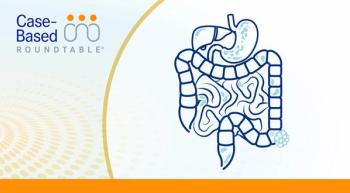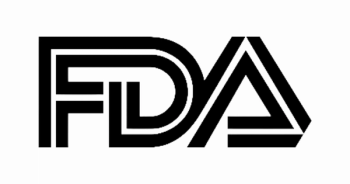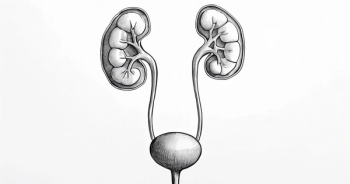
FDA Lifts Clinical Hold on Tab-Cel Application in EBV+ PTLD

With the clinical hold on the tab-cel application lifted, phase 2 and 3 trials of the T-cell immunotherapy in patients with PTLD may resume.
- The FDA has lifted the clinical hold on the investigational new drug (IND) application of tablecleucel (tab-cel; Ebvallo) for the treatment of Epstein-Barr Virus-associated post-transplant lymphoproliferative disease (EBV+ PTLD)
- The IND was placed on clinical hold in January 2025 following a complete response letter (CRL) due to good manufacturing practices (GMP) compliance issues.
- Atara Biotherapeutics, the manufacturer, has provided supplemental data supporting tab-cel.
Following the issuing of a CRL in January 2025, the FDA has lifted the clinical hold on the IND application of tab-cel, an off-the-shelf allogeneic T-cell immunotherapy, for the treatment of patients with EBV+ PTLD.1
The FDA reviewed additional supplemental data on the finished drug product. The phase 3 ALLELE clinical study (NCT03394365) for patients with EBV+ PTLD and the phase 2 EBVision label-expansion multicohort clinical study (NCT04554914) are now allowed to restart.
“We are very pleased to have addressed the FDA’s questions, and this has enabled the FDA to lift the clinical holds,” said Cokey Nguyen PhD, president and chief executive officer of Atara, in a press release. “We are working closely with our partner Pierre Fabre Laboratories and our clinical trial sites and anticipate resuming enrollment and treatment of patients as soon as possible.”
Additionally, the FDA has also granted a date for a type A meeting to discuss the plan to address the issues raised by the FDA in the CRL from January 2025, and the path forward for resubmission of the tab-cel biologics license application (BLA).
In January 2025, the
In July 2024, the
If approved, tab-cel would become the first FDA-approved therapy in the US for EBV+ PTLD.
About the Phase 3 ALLELE Study
The global, multicenter, open-label phase 3 ALLELE study evaluated tab-cel for the treatment of patients with EBV+ PTLD who were refractory to or relapsed after treatment with rituximab (Rituxan), with or without chemotherapy, following hematopoietic stem cell transplantation (HSCT) or solid organ transplant.4 Enrollment was open to patients with an ECOG performance status of 0, 1, 2, or 3.
Patients were treated with intravenous tab-cel at a dose of 2.0 x 106 cells/kg on days 1, 8, and 15. They then underwent clinical and radiographic assessment around day 28. After treatment, patients were assessed for their disease every 3 months for up to 24 months. Survival status assessments were performed every 6 months for up to 5 years.
The primary end point of the trial was overall response rate (ORR). Secondary end points included time to response (TTR), time to best response, overall survival (OS) in responders, OS in nonresponders, progression-free survival (PFS) in responders, and rates of allograft loss/rejection episodes.
According to updated findings of the study, which were presented at the
The median TTR for these patients was 1.1 months (range, 0.6-9.0) and the estimated median duration of response was 23.0 months (95% CI, 12.1-not estimable [NE]). The median PFS was 23.9 months, and the 12-month PFS rate was 74.2%. Additionally, the median OS was 18.4 months (95% CI, 6.9-NE), and the 12-month OS rate was 55.7%.
Regarding safety, serious treatment-emergent adverse events (TEAEs) and fatal TEAEs were seen in 65.4% and 19.2% of patients after HSCT and 61.2% and 18.4% of patients following solid organ transplant, respectively. No fatal TEAEs were deemed to be treatment related.
Overall, the safety profile of tab-cel was favorable and consistent with previously reported data.








































